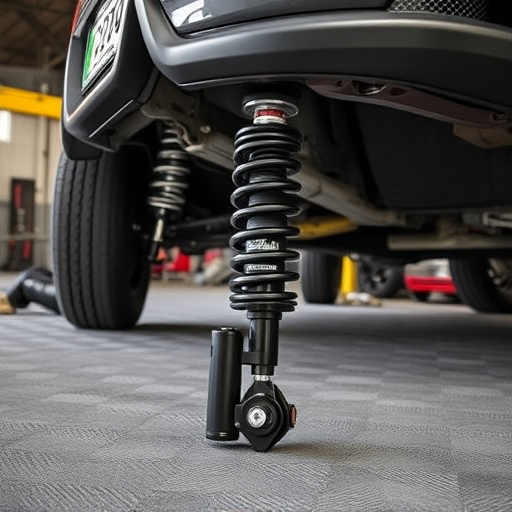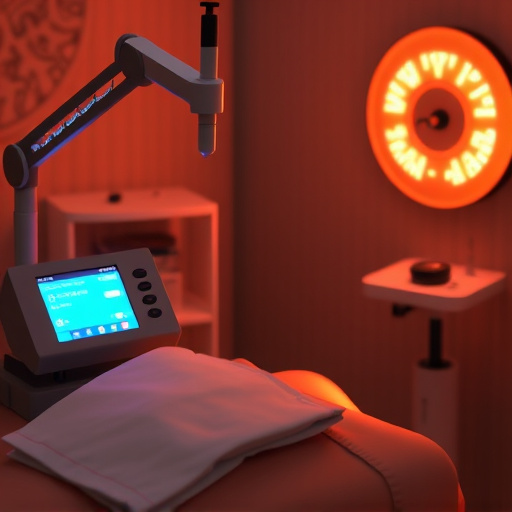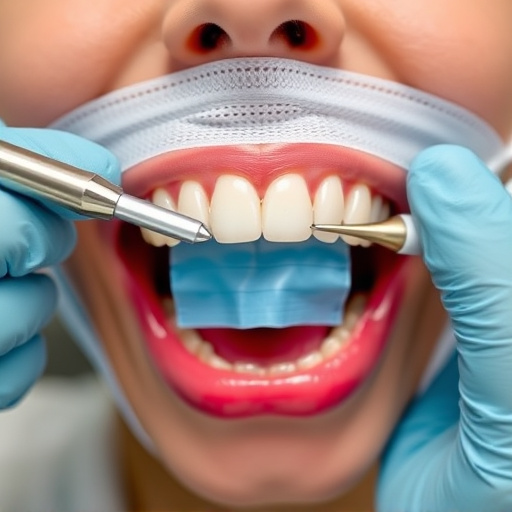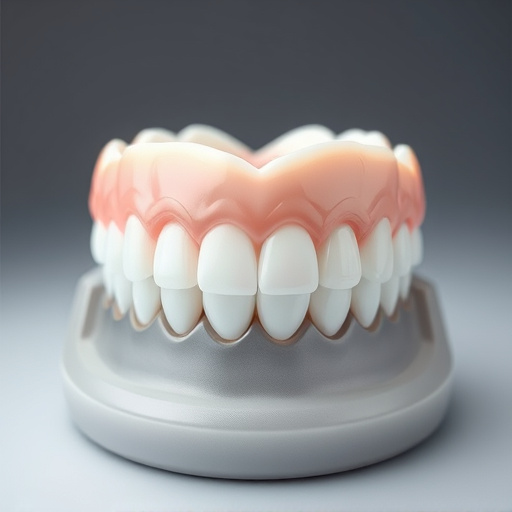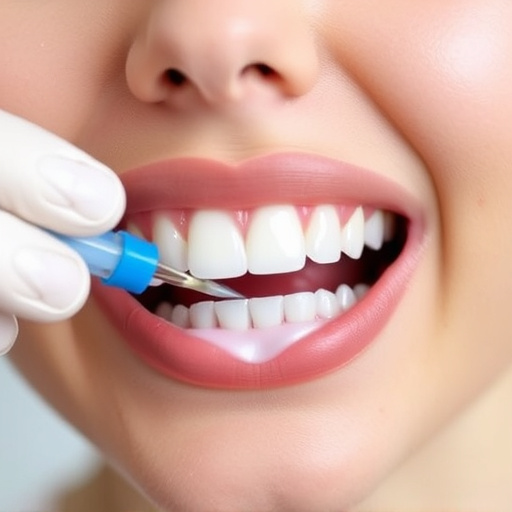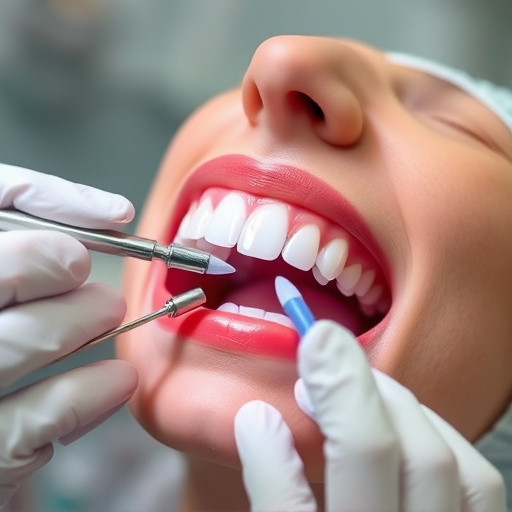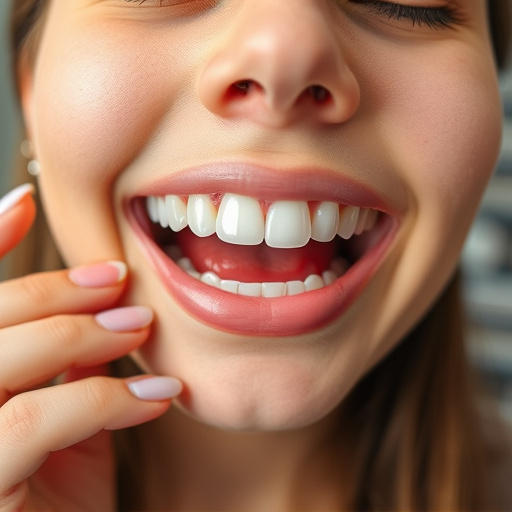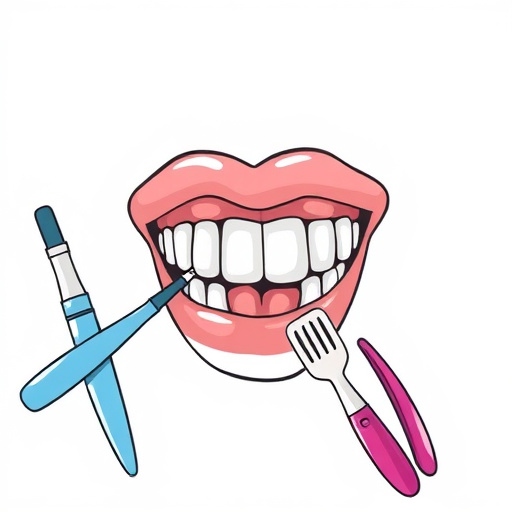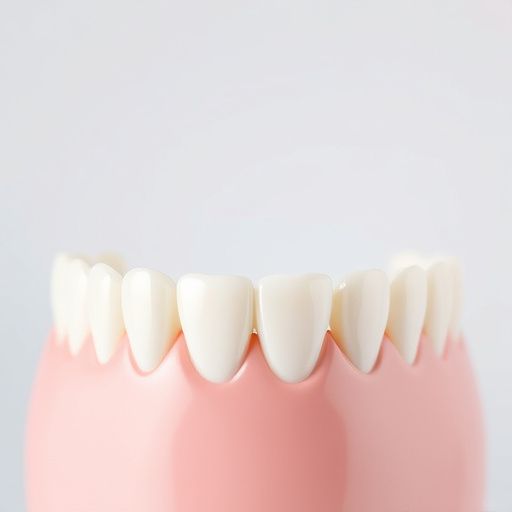Occlusal adjustment, through precision bite correction techniques, harmonizes jaw and tooth alignment, enhancing chewing function, aesthetics, and long-term oral health. Preventive dentistry with routine exams detects misalignments early, allowing for conservative treatments. This approach reduces dental wear, TMJ disorder risks, and improves quality of life, complementing broader dental interventions like wisdom tooth removal or implants.
Occlusal adjustment, or precision bite correction, is a precise dental technique aimed at improving jaw alignment and teeth relationship. This advanced procedure plays a pivotal role in dental care, addressing bite issues that can cause discomfort, wear on teeth, and other oral health problems. By understanding the basic principles and exploring modern techniques, patients can make informed decisions about their oral well-being, reaping benefits from this innovative approach to occlusal adjustment.
- Understanding Occlusal Adjustment: The Basics
- Precision Bite Correction: Techniques and Benefits
- The Role of Occlusal Adjustment in Dental Care
Understanding Occlusal Adjustment: The Basics
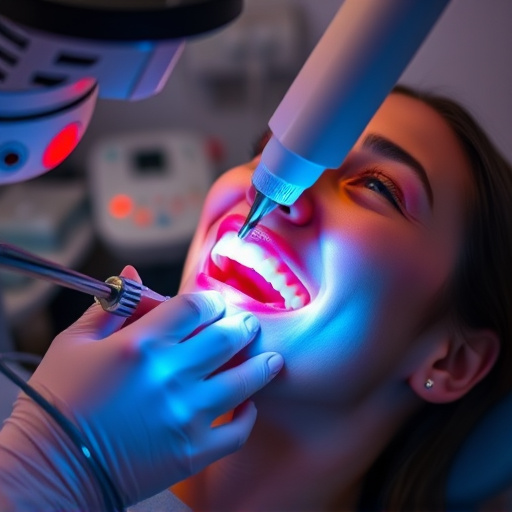
Occlusal adjustment refers to the process of correcting misalignments between the upper and lower teeth, also known as the bite. This precise dental procedure aims to restore balance and harmony in the jaw joint, ensuring optimal chewing function and long-term oral health. By addressing improper occlusion, or “bad bites,” dentists can prevent a range of dental issues that may arise from irregular tooth contact.
In the realm of preventive dentistry, routine oral exams and dental cleanings play a pivotal role. During these visits, dentists meticulously evaluate the occlusal relationship of teeth. Early detection of occlusal problems allows for more conservative treatment approaches. Regular maintenance not only helps maintain overall oral health but also serves as a cornerstone in mitigating future dental issues related to improper bite alignment.
Precision Bite Correction: Techniques and Benefits
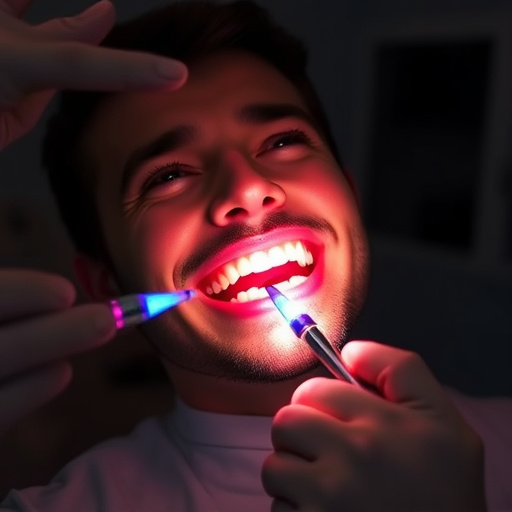
Precision Bite Correction is a sophisticated technique within the realm of occlusal adjustment, offering both aesthetic and functional benefits for patients seeking optimal oral health. This innovative approach involves meticulously analyzing and modifying the bite pattern to achieve harmonious alignment of teeth and jaws. By employing advanced tools and technology, dentists can precisely adjust tooth positions, correcting issues like overbite, underbite, or cross-bites.
The advantages are multifaceted: it not only enhances smile aesthetics but also improves overall oral function. Proper occlusal adjustment reduces excessive wear on teeth, alleviates jaw joint strain, and decreases the risk of developing TMJ disorders. Moreover, it can facilitate easier chewing and speaking, enhancing patients’ quality of life. This technique is particularly beneficial for those considering general dentistry procedures like wisdom tooth removal or tooth repair, ensuring a more balanced and healthy dental architecture post-surgery.
The Role of Occlusal Adjustment in Dental Care
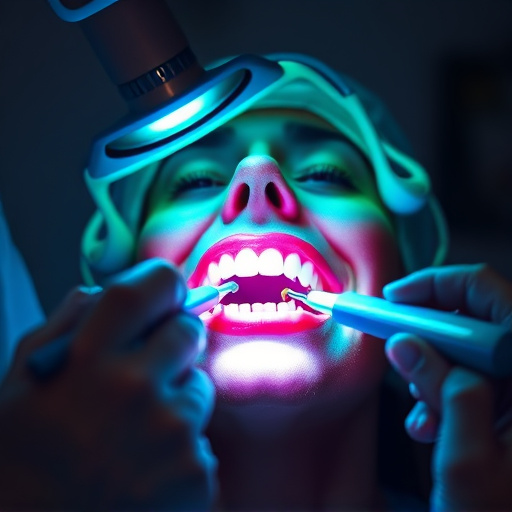
Occlusal adjustment plays a pivotal role in comprehensive dental care, ensuring that teeth align perfectly for optimal functionality and aesthetics. It involves carefully modifying the occlusal surfaces of teeth to achieve a balanced bite, eliminating issues like teeth grinding, jaw misalignment, and temporomandibular joint (TMJ) disorder. By addressing these problems, occlusal adjustment not only reduces discomfort but also prevents further dental damage caused by excessive wear and tear.
This precise dental technique is often used in conjunction with other restorative procedures such as dental implants, dental bonding, or regular dental cleanings to enhance overall oral health and longevity. A balanced bite ensures efficient chewing and speech, while also preserving the natural beauty of a smile, making it an essential component of any advanced dental treatment plan.
Occlusal adjustment with precision bite correction is a game-changing technique in dental care, offering significant benefits for oral health and overall well-being. By understanding the basics and exploring advanced techniques, dentists can enhance their patients’ smiles and improve their quality of life. This precise approach to occlusal adjustment ensures a more comfortable, functional, and aesthetically pleasing dentition, making it an invaluable tool in modern dentistry.


